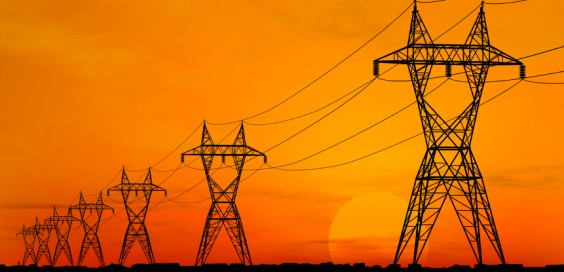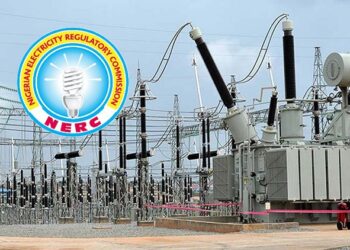Agusto, the Nigerian research and ratings company, has helped to shed some light on the challenges faced in the Nigerian electricity market by the newer players on the scene. After a largely successful privatization exercise, the full benefit of a private sector-led electricity market is yet to be felt. The sector, though still hugely promising, is being held back by some challenges. Here are the most important ones you need to know about, based on facts laid out by Agusto and some of our earlier analyses. (Credit to Thisday as well).
- The market is really profitable…
According to Agusto, the industry enjoys good profit margins. But profitability in the Industry varies according to segment, with the grid connected Independent Power Projects (IPPs) being more profitable than their PHCN successor counterparts (the Gencos).
- …But there is a cash-flow problem
Despite the relatively good profit margins, the industry remains constrained by inadequate cash flow. A majority of industry operators, particularly the PHCN successor distribution companies (Discos) have been unable to generate sufficient cash flows to cover their mandatory obligations to the market operator and the GenCos since the take-over of the companies in November 2013, due to the poor billing and cash collection systems.
The introduction of pre-paid meters in 2009 was supposed to help improve the efficiency of metering and collection by the Discos, but they are not widely available across the country. Agusto’s research indicates that less than 55% of grid connected households have access to pre–paid meters. And this is largely due to the inability of Discos to access the requisite financing to fund the purchase of the meters.
- Meter-cheats who are gaming the prepaid metering system are an even greater problem
The problem of by-passing pre-paid meters by customers is another grave risk.
According to a Lagos Disco source, the number of prepaid customers that did not buy electricity within a 6-month period range between 20,000 and 60,000 on average, depending on the particular Disco in question.
It gets worse because some Discos do not even have the resources to determine if their customers have or have not bought electricity after exhausting their last purchase, because their meters have been bypassed.
Prepaid customers bypass their meters by either breaking them and connecting their entire energy load directly to source, or connecting an equipment with heavy usage directly, thus increasing the losses that Discos incur.
The fact that 20,000 – 60,000 customers did not bother to recharge their electricity accounts in 6 months, while still having access to electricity means that they have been gaming the system.
There is now the genuine fear that the more customers migrate to the prepaid metering system, the higher the potential energy and commercial losses the Discos will face. And the losses piled up by the Discos will cascade down the entire electricity value chain, right down to the point of power generation and gas supply.
- The post-paid model stays winning, for now
In contrast to the PHCN successor companies, the off-grid IPPs have better operating cash flows, as they typically request for upfront payment from off-takers before supplying electricity. This places them in a better position when compared to the grid-connected IPPs and Gencos who have to rely on the Discos to collect revenue from customers and feed the value chain.
But the IPPs still face a significant challenge, such as the uncertainties in payments from the Transmission Company (TCN) for electricity sold to the national grid. There are also still constraints with gas supply
- Transmission, which is still in government hands, is the weak link in the supply chain
Despite improved power generation, the transmission network still remains a challenge, contributing to the industry’s losses both at the generation and distribution ends. Losses from the transmission of generated electricity is huge, ranging between 40% and 50%. The Transmission Company of Nigeria (TCN), recorded 9 full system collapses and 4 partial system collapses in 2014 alone. As at April 2015, the transmission network’s capacity stood at 5,500 MW, which is low when compared to the generation capacity of over 8,000 MW and estimated power demand of 14,630 MW.
The Power Sector deregulation which commenced in 2005 put electricity generation and distribution in the hands of the private sector, but transmission remains in government control.
Industry operators believe that leaving the TCN in government hands is likely to result in the same limitations the Industry faced before the reforms, thereby thwarting all the progress made so far.
A key question on the minds of industry stakeholders is whether or not the FG will complete the current reforms by selling off the TCN. Agusto is of the opinion that the government will only be inclined to disposing the TCN in the face of a severe economic crisis that will require the sale of strategic assets to cover the fiscal deficit.
In summary
Agusto notes that while privatisation has been widely acclaimed to be the preferred option, for the electricity sector to be efficient it has to be accompanied by a strong and enabling regulatory environment, improved access to finance, efficiency in billing and metering as well as consistent and secure gas supply.
Agusto is also of the opinion that the Industry will continue to be plagued by gas supply challenges in the short to medium term due to the absence of a commercial framework for gas to power.
But the successful privatisation of the transmission network (TCN) and the establishment of a competitive power market should bring about improved efficiency in the medium to long term. It expects that more IPPs will become operational as the electricity market moves into the Transitional Electricity Market (TEM).
The TEM promises more private investment as it ensures stricter adherence to gas supply agreements and power purchase agreements


















